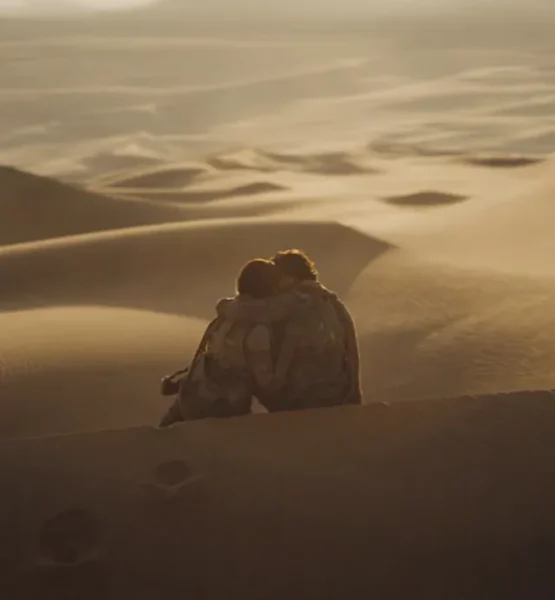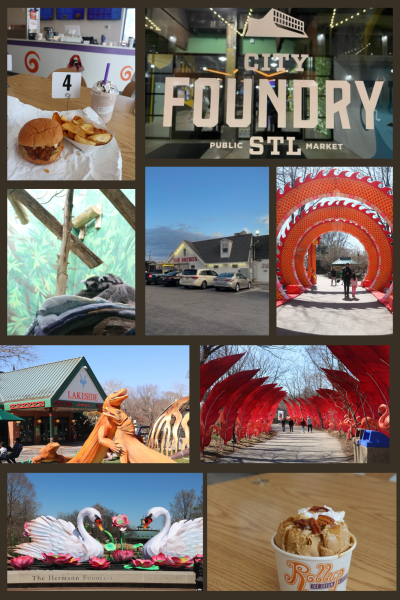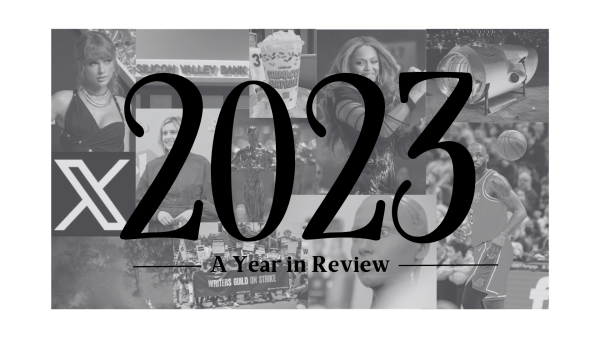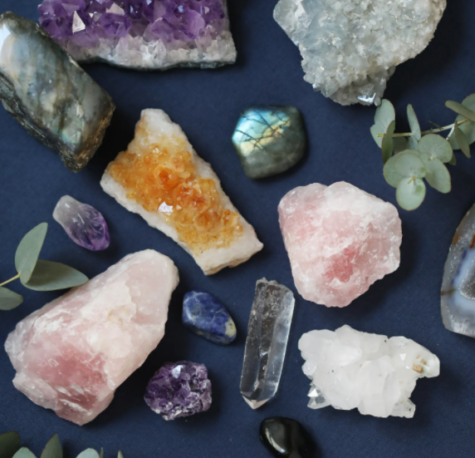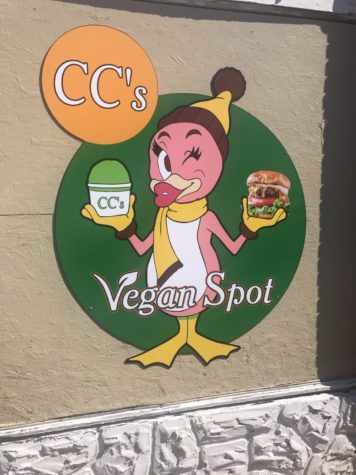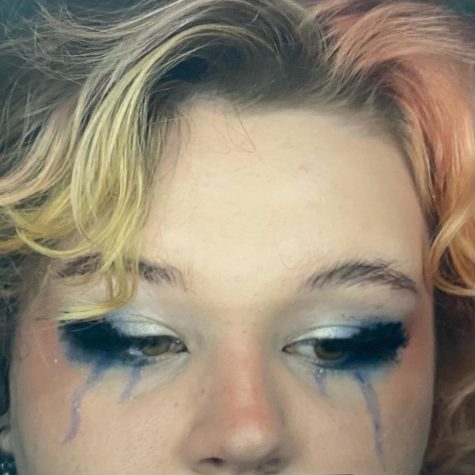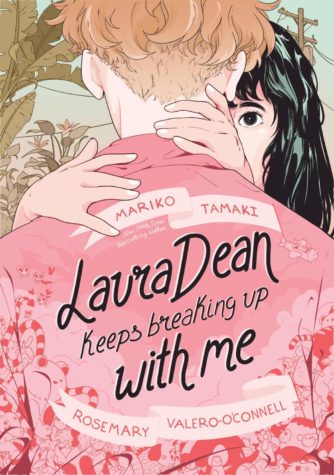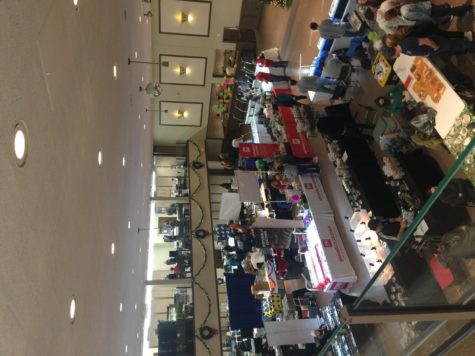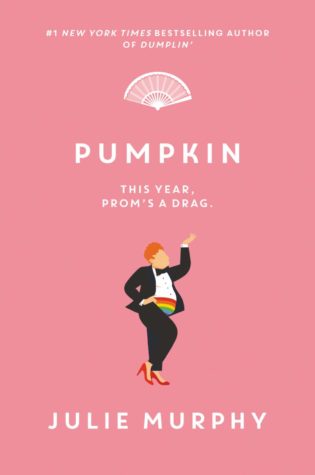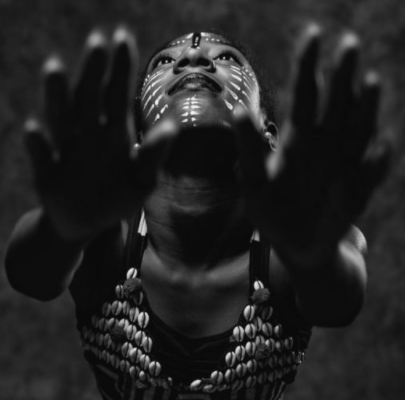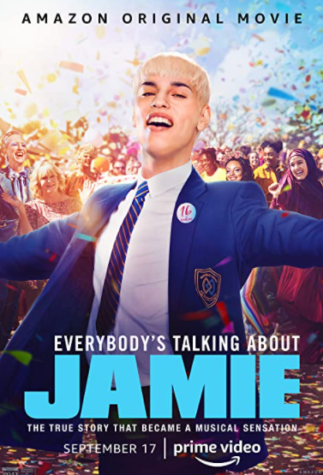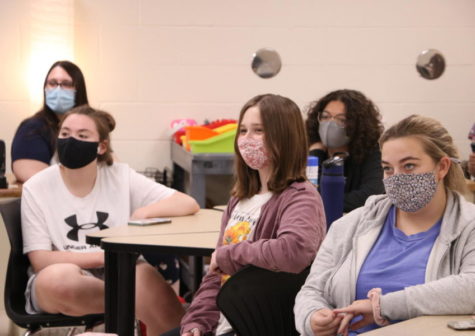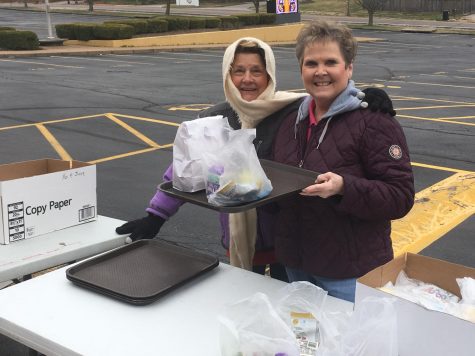Veganism and Me
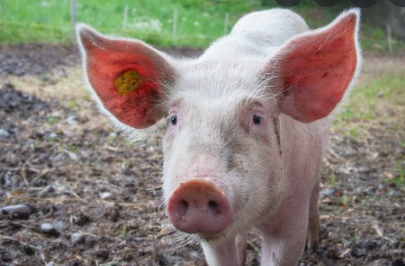
Courtesy of Pexels Stock Photos
Being an animal lover, the idea that animals suffer at the hands of people made me question the ethicality of animal product use and consumption.
Like so many Americans, I used to eat animal products—and a lot of them. Cereal with milk, hotdogs, hamburgers, ice cream, scrambled eggs, you name it. That was before I had a change of conscience and I learned more about where our food comes from–including how the animals we consume are raised and treated as well as the environmental impact of being a carnivore. With this in mind, I began to search for a more sustainable lifestyle that better aligned with my ethics: veganism, a diet in which no animal products are consumed.
I began my vegan journey a little more than a month ago, but it has already been transformational and eye opening. I’ve learned to be a nutrition label detective, a better cook and an overall more conscious person in regards to the ethicality and sustainability of our food. Even though there can be real struggles when you first become vegan, once you find your footing, all of the struggles are worth it.
When I first began reading the ingredients of food, I was shocked by the number of items that contain animal products. Things I used to love and would have never guessed included things such as dried eggs, dairy or gelatin that are made from animals. Goodbye gummy bears, Jell-O, bread, bagels and chewing gum. Beyond food, even some household products like soap, lotion and toothpaste may contain animal products. As a new vegan, you can imagine living on vegetables for a while, but replacements for hygiene products is not something that can be delayed. With these issues in mind, it was easy to quickly become overwhelmed. It was at this point that I took the time to consider the things that I could eat and the products that I could use; instead of seeing everything as one big restriction, I began my journey to find acceptable alternatives.
In exploring this diet, I quickly learned how to read nutritional labels in immense detail and find online sources and vegan influencers that would help me find the best replacements for the foods I used to love. They also provided the encouragement that I needed to get through such a big change. A common misconception is that vegans eat salads without dressing and cold tofu for every meal, every single day. Don’t worry—vegans still eat and can enjoy flavorful and satisfying meals. I, for one, love making smoothie bowls, desserts like apple crisp, and salads that include quinoa, avocado, and tofu.
Over this month and a half, I have learned new skills in the kitchen and found a new passion for cooking for my loved ones. When becoming vegan, I learned to use different foods and cooking materials than I had previously. I began eating plant-based meat alternatives, almond milk, tofu and a lot more whole fruits and vegetables to help to replace the meat, dairy and eggs that I have removed from my diet. With the implementation of these new foods, I had to find different ways to prepare them. After some cooking experiments, I have made some really delicious vegan dishes that I truly enjoy and crave. I even made a vegan dessert for my family’s Thanksgiving dinner.
Another important factor that I discovered by becoming vegan was just how much the food we eat affects the environment around us. Nearly everyone knows that fossil fuels contribute largely to increased global warming and other environmental catastrophes that are currently facing our world, but most are unaware of the devastating effects that cattle and other farm animals have on our environment. According to the United States Geological Survey website, “about 460 gallons of water is used in raising cattle for a 1/4 pound of beef.” Furthermore, according to the World Animal Foundation, “The rapid growth of animal agriculture is the leading cause of deforestation. Seventy percent of the Amazon Rainforest has already been destroyed and is now occupied by pastures and feed crops. One of the main crops grown in the rainforest is soybeans used specifically for animal feed. Tropical deforestation and forest clearing have adverse consequences that contribute to climate change, biodiversity loss, reduced timber supply, flooding and soil degradation.” With this in mind, as well as so many other factors, I personally couldn’t eat animal products knowing how animal agriculture has affected our environment.
In the end, all I can say is that being a vegan can be hard, especially in the beginning. For most people, you don’t magically turn a switch and wake up one day preparing beautiful dishes with quinoa, or no longer craving your favorite candies regardless of the shocking amount of animal products contained in it. All I can say is that you will mess up as I have messed up. You will eat something and find out later it’s not vegan, or you might feel pressure to eat something you shouldn’t because all of your friends are eating it, and you don’t want to be different or a bother. In the end, for me it has been worth it. I can’t wait to see how I continue to grow and change as I proceed with my vegan journey.
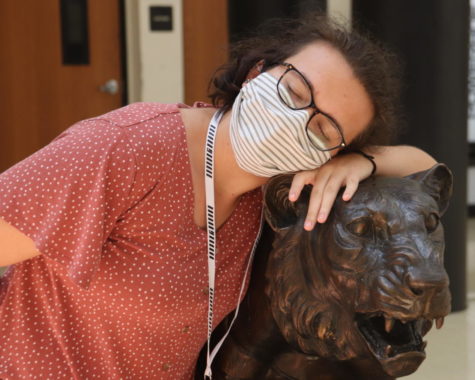
Hi y’all, I’m Nataleigh! This is my second year a part of the journalism staff, and I am very excited! Besides writing, the performing arts are a big...


